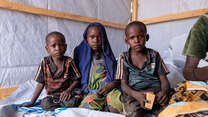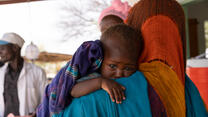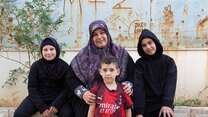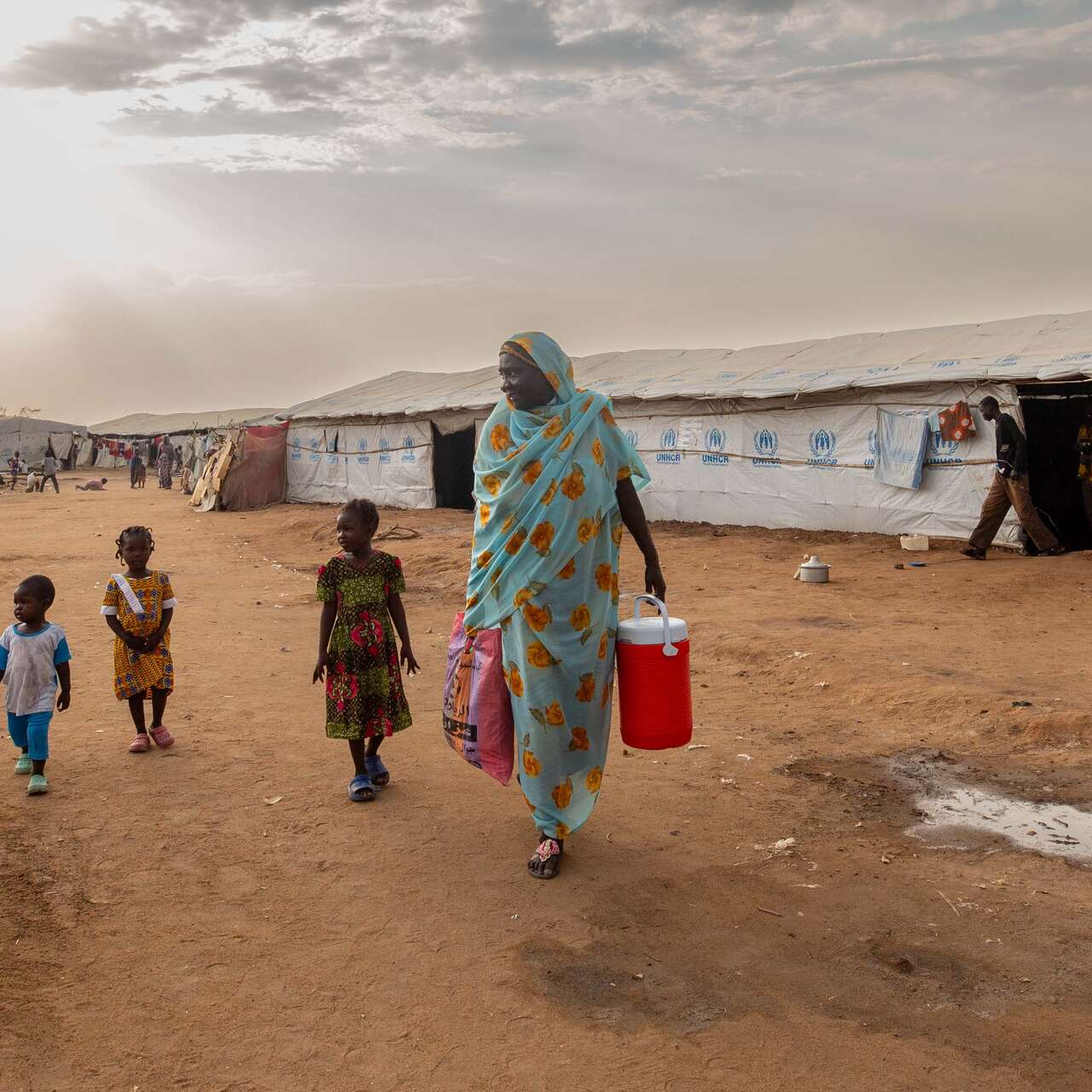
Each year, the International Rescue Committee (IRC) publishes its Emergency Watchlist, identifying countries at the highest risk of new or worsening humanitarian crises. For the second year in a row, Sudan tragically tops the list. Its collapse is accelerating due to a brutal war that has had a devastating impact on civilians.
Even before the war erupted in April 2023, Sudan was already experiencing a severe humanitarian crisis that left 15.8 million people in need of aid. Now, over two years of war have drastically worsened these conditions, displacing over 12 million people and leaving 30.4 million people—more than half of Sudan’s population—in need of humanitarian support.
Sudan now represents the largest recorded and fastest displacement crisis in the world. It is also the largest humanitarian crisis ever recorded.
What do the people of Sudan face today?
More than two years of civil war have decimated Sudan. Civilians are subject to frequent attacks and human rights violations, while the country’s health care system has collapsed as life-threatening famine sets in. Attacks on humanitarian aid workers have made it difficult to deliver lifesaving aid to some of the most fragile and vulnerable communities in the world.
War continues to rage in Sudan
Sudan’s civil war, waged between the Sudanese Armed Forces (SAF) and the Rapid Support Forces (RSF), erupted on April 15, 2023, plunging the country into chaos. Civilians bear the brunt of the conflict; sexual violence is widespread, fighters on both sides regularly target civilians and infrastructure, and child soldier recruitment is common. Human rights groups have accused fighters in Darfur of ethnic cleansing.
Tens of thousands have been killed, with indiscriminate attacks on civilians being reported.
Rather than advancing diplomacy, outside powers are fueling the conflict by funneling weapons to their allies. SAF and RSF leaders appear to believe that continued fighting best serves their interests, leaving Sudan on a trajectory toward catastrophic humanitarian collapse.
What is happening in El Fasher, Darfur?
Needs are acute in Darfur: thousands of families are fleeing El Fasher, the state’s largest city, to join nearly 400,000 displaced persons who have been seeking safety and humanitarian services in neighboring Tawila.
Despite reports of large numbers of families attempting to flee toward Tawila, IRC teams on the ground have seen fewer than 5,000 arrive. With El Fasher's remaining civilian population estimated to be around 250,000 people, this suggests that many may be dead, trapped, or facing severe risks along the route.
IRC teams in Tawila spoke with people who recently arrived, who reported walking directly from El Fasher, traveling mostly at night on foot. Along the way, they witnessed numerous dead bodies scattered along the route and wounded individuals crying for help. More than 170 unaccompanied and separated children—many too young to state their names or origin—have arrived in Tawila without their parents or relatives.
“The sight of these small children arriving alone, without knowing the whereabouts or the fate of the rest of their family, is harrowing,” says Arjan Hehenkamp, IRC Darfur crisis lead. “Extremely disturbing reports and satellite imagery confirm that people are not able to flee el Fasher to safe places like Tawila. Which means they are trapped, detained or worse.”
Despite ongoing efforts by humanitarian actors like the IRC, basic needs in Tawila are being overwhelmed by demand. Families are living in overcrowded, makeshift shelters with limited access to clean water, food and health care.
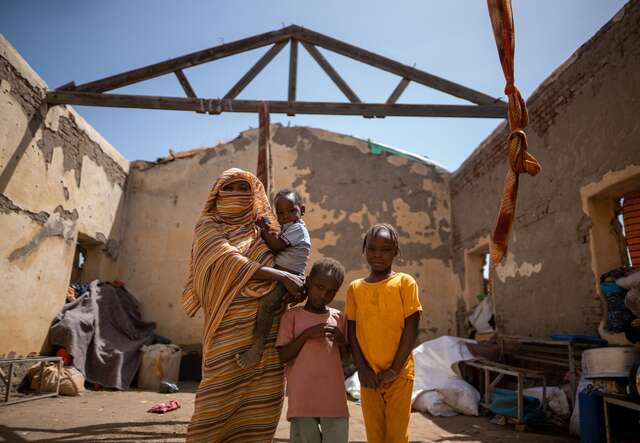
Sudan is the world’s largest and fastest displacement crisis
The war in Sudan has created extreme levels of displacement, both internally and across Sudan’s borders. More than 12 million people have been displaced since April 2023, including nearly 4 million people—mostly women and children—who have fled to neighboring countries.
While neighboring countries—such as Chad and South Sudan—have welcomed Sudanese refugees fleeing conflict, they lack the resources to meet the urgent humanitarian needs of those arriving across the border without international support. Meanwhile, U.S. aid cuts have deepened the crisis, forcing organizations to scale back some essential services to refugees, particularly in South Sudan.
The majority of displaced Sudanese, more than 7 million people, remain in the country, where they struggle to access clean water, food, health care and essential survival supplies.
Meet three Sudanese heroes who have risked their lives to save others.
Famine grips communities
Famine is spreading across Sudan as violence severely hinders humanitarians’ ability to deliver food where it's needed most. Meanwhile, soaring food prices and a collapse of food supply have left families starving.
Between December 2024 and May 2025, more than 24 million people in Sudan faced acute food insecurity. Over 635,000 people, including in the country’s largest camp for displaced people, are experiencing famine conditions and a heightened risk of death. The severe food shortage also leaves people vulnerable to illness and infection due to a lack of essential nutrients.
More people are living in famine conditions in Sudan than the rest of the world combined.
“This crisis is entirely man-made,” explains IRC country director for Sudan, Eatizaz Yousif. “The ongoing conflict has decimated livelihoods, displaced millions, and blocked life-saving aid from reaching those in desperate need.”
A health system on the brink of collapse
The war in Sudan has devastated the country’s public infrastructure, including its health system. More than 70% of Sudan’s hospitals have been destroyed, leaving millions without access to essential medical care as disease outbreaks surge. With health care access severely limited, a cholera outbreak has spread across Sudan, resulting in more than 120,000 confirmed cases and over 3,000 deaths.
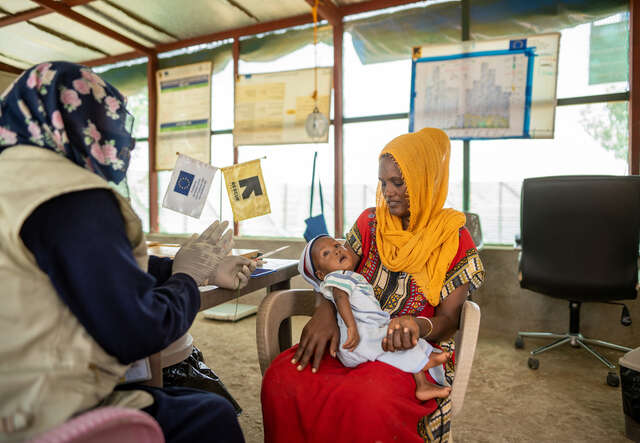
Women and children face heightened risks
The ongoing crisis in Sudan is taking a devastating toll on women and girls. The collapse of critical health care services has put new mothers at risk of losing their lives in the months ahead, as it has become nearly impossible to access essential reproductive care.
Gender-based violence is escalating. Reports of intimate partner violence, sexual exploitation, abuse and trafficking are widespread, while survivors struggle to access support. Economic hardship has stripped countless women of their livelihoods, forcing many into desperate and exploitative situations, and increasing their vulnerability.
In Darfur, alarming reports of sexual violence underscore the immense suffering endured by those in dire conditions, revealing the exceptional vulnerability of women and children.
Urgent action is needed to address these atrocities and provide support to those affected.
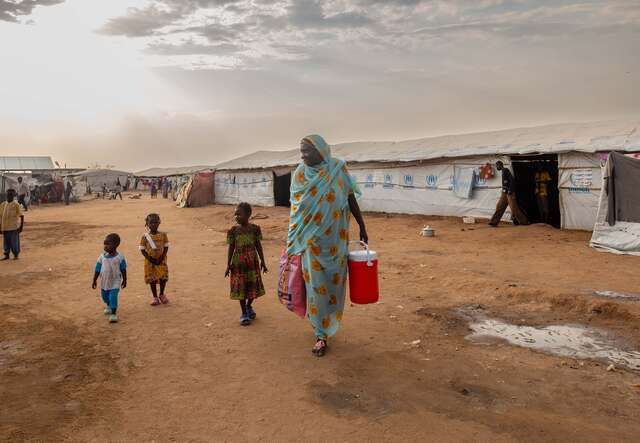
How is the IRC helping in Sudan?
The IRC has scaled up its humanitarian response in Sudan despite immense challenges, including office closures and suspensions due to security concerns. We are supporting Sudanese communities by delivering:
- An integrated water, sanitation and hygiene (WASH) program that improves water and sanitation infrastructure, distributes hygiene and cholera kits, and promotes infection prevention and control to help curb the spread of disease;
- Child protection services and support for women and girls, including services for survivors of gender-based violence (GBV);
- Health and nutrition services through 32 health facilities to provide primary care, respond to disease outbreaks, and address malnutrition;
- Livelihood assistance through multi-purpose cash aid to internally displaced persons and members of the communities that host them.
Shortly after conflict broke out in April 2023, the IRC established a presence in Wad Madani, Al Jazirah state where we delivered health and nutrition services to IDPs fleeing Khartoum until we were forced to close the office and relocate our staff. We currently operate in Blue Nile, Khartoum, Gedaref, River Nile, South Kordofan, West Darfur, North Darfur and White Nile states, and have an office in Port Sudan.
The IRC delivers direct support to clients in accessible areas of Khartoum, as well as indirect support through our locally-based community partners.
In El Fasher, Darfur, the IRC works with a local partner to deliver mobile health and nutrition services. We also manage five primary health care units and provide emergency water supply in Tawila, Darfur. Additionally, we operate mobile health and nutrition teams in the Tawila and Um Jalbakh regions to serve displaced communities.
You can help—support the IRC’s response today.
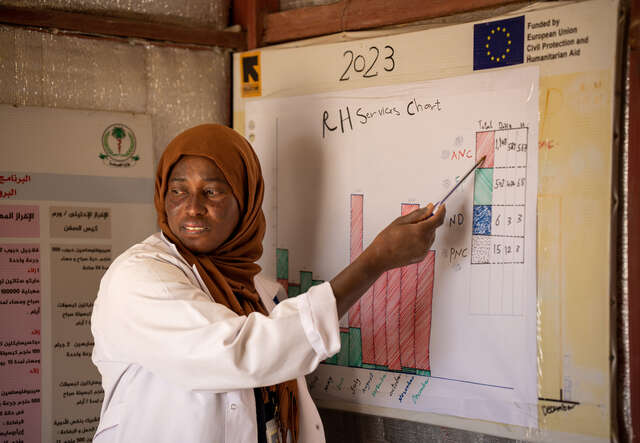
How is the IRC helping Sudanese refugees?
Nearly 4 million Sudanese refugees have sought safety in neighboring countries since April 2023. In response, the IRC has scaled up our critical services to support them, including in Ethiopia, South Sudan and Chad—which already hosted 400,000 Sudanese refugees prior to the war.
Ethiopia
In Ethiopia, the IRC is providing emergency aid and long-term support to refugees and local communities affected by conflict and climate shocks. This includes health care, nutrition, education, protection for women and children, and livelihood support. With active programs in nine regions, the IRC continues to help Sudanese refugees rebuild their lives.
Chad
The IRC has supported Sudanese refugees in eastern Chad since 2004. More than ninety percent of the 850,000 Sudanese refugees who have arrived in Chad since April 2023 are women and children. One-fifth of young children who arrive are experiencing acute malnutrition.
As new arrivals continue to cross the border, the IRC is expanding health, nutrition, and protection services, as well as access to clean water, sanitation, and mental health support. Teams are being deployed to refugee camps and host communities to meet growing needs.
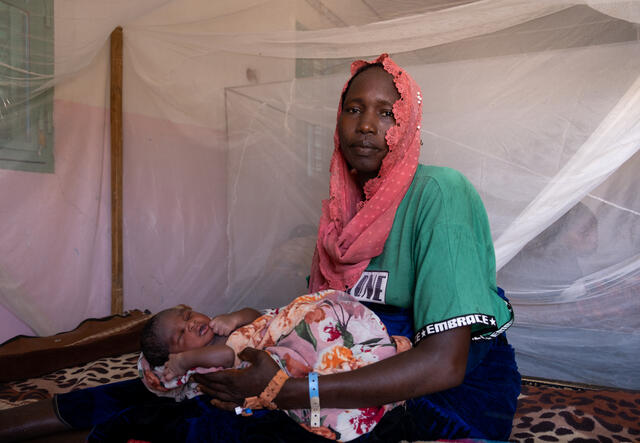
How can I help the people of Sudan?
The International Rescue Committee (IRC) is delivering comprehensive humanitarian aid across Sudan and in neighboring countries where refugees are seeking safety. Our teams are on the ground, navigating security risks and displacement, to bring care directly to those most in need, including in difficult-to-access regions at the frontline of war.
Your support can help the IRC deliver lifesaving medical services, food, water, livelihood assistance and other essential aid, where it's needed most.
More from the IRC
The International Rescue Committee has over 90 years of experience helping people affected by crisis in more than 40 countries to survive, recover and rebuild their lives. We also help refugees and displaced people resettle and integrate into new communities in the U.S. and across Europe.
Our ratings: We consistently earn top marks from charity watchdog groups for our efficient use of donor contributions and the effectiveness of our work.
Get connected: Follow the IRC on Instagram, LinkedIn, Facebook, Bluesky and X.
Stay informed: Learn more about the world’s most pressing crises and what the IRC is doing to help.


